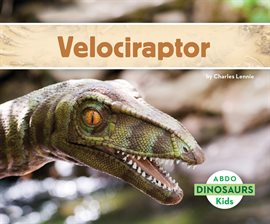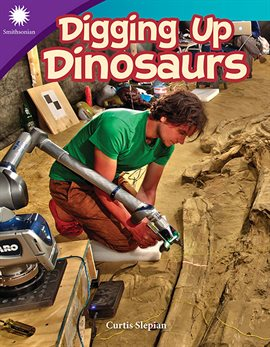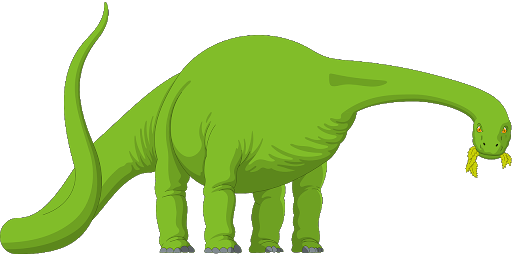
Dinosaurs are really cool and everyone has their favorites, like Velociraptors and T-Rex just to name a couple. Do you really know what makes a dinosaur a dinosaur? When they lived, what they ate and how big they were? What about what a fossil is? Let’s find out.
A dinosaur is not the ancestor of an alligator or a lizard. The legs on a dinosaur were directly underneath them due to a hole in their hip sockets. This gave them the ability to run long distances. Your alligator and lizards legs are out to the sides. Dinosaurs also did not live in water or fly, but there were other creatures that lived during that time that did.
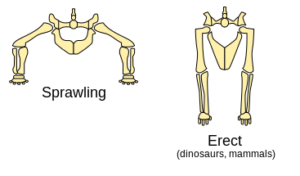
Dinosaurs lived 230-265 million years ago, which is long before any humans walked the earth. Scientists have called the time period that the dinosaurs roamed the earth the Mesozoic era and divided that time into three sections called the Triassic, Jurassic, and Cretaceous periods.
Just how big were dinosaurs? Some were over 40 feet tall which is larger than a school bus and others were the size of a large chicken.
The largest dinosaur ever is the Argentinosaurus which was almost 100 ft long and weighed around 100,000 pounds.
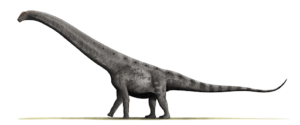
What did the dinosaurs eat? A majority of the dinosaurs ate plants and swallowed stones to help grind up their dinners. Their teeth were also flat to help eat the plants. Others like the T-REx had pointy teeth and ate meat mainly of the dead dinosaurs or sometimes smaller dinos and other animals that lived during that period. Velociraptors liked to hunt and chase down live prey.
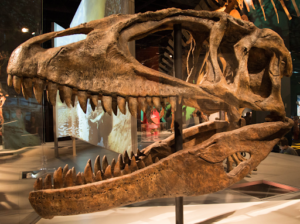
How do we know what dinosaurs actually looked like? Scientists have found fossils of Dinosaurs that help us get an idea of what they may have looked like.
A Fossil is: the remains or traces of plants or animals from long ago. Usually formed from the hard part such as shells or bones of living things. This also includes dinosaur eggs.
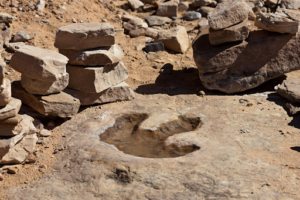
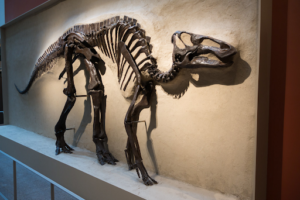
STEAM Club Lab Report: DIY Dinosaur Fossil
Supplies
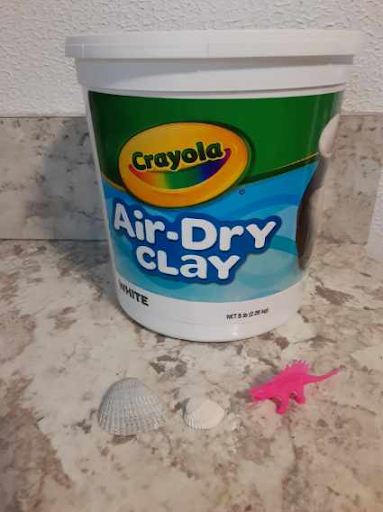
Procedures
Step 1: Roll the air dry clay into a ball the size of a golf ball.
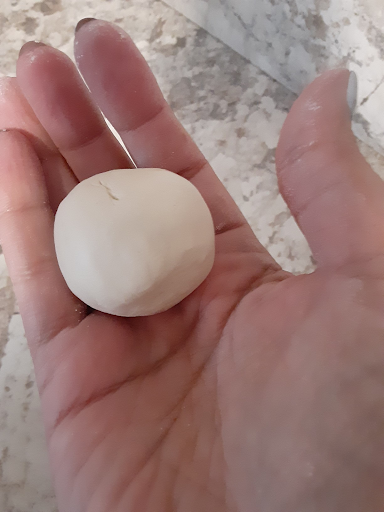
Step 2: Flatten the ball out into a disc but make sure it doesn’t get too thin.
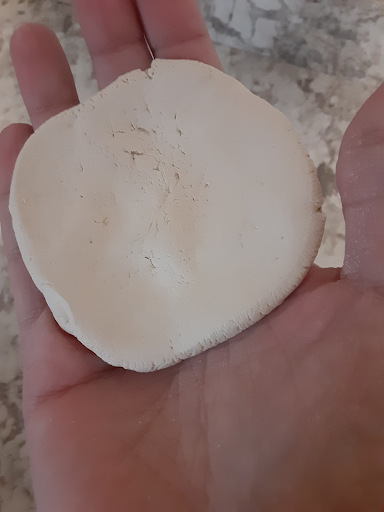
Step 3: Press items into the clay. Don’t press too hard or the items will go all the way through.

Step 4: Carefully remove the items from the clay. You should see the patterns or imprints left behind by the item.
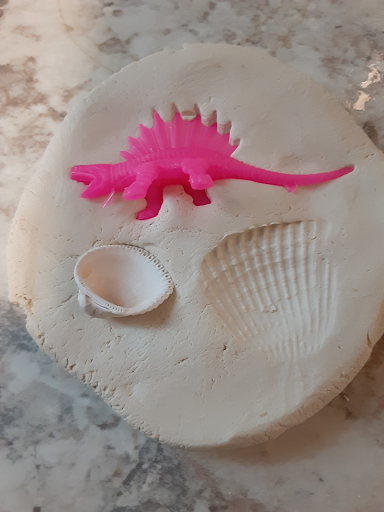
Step 5: Set your fossil some place to dry for 2-3 days. Then you can paint it if you wish.
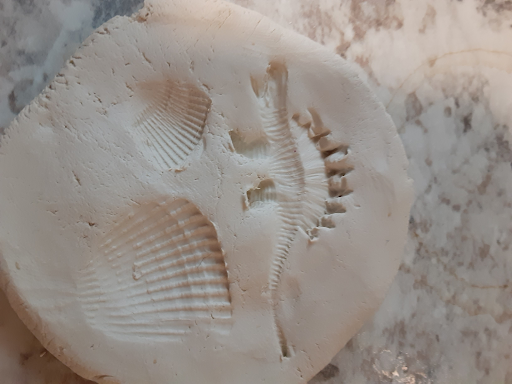
Hoopla E-books
Check out these e-books from Hoopla!

